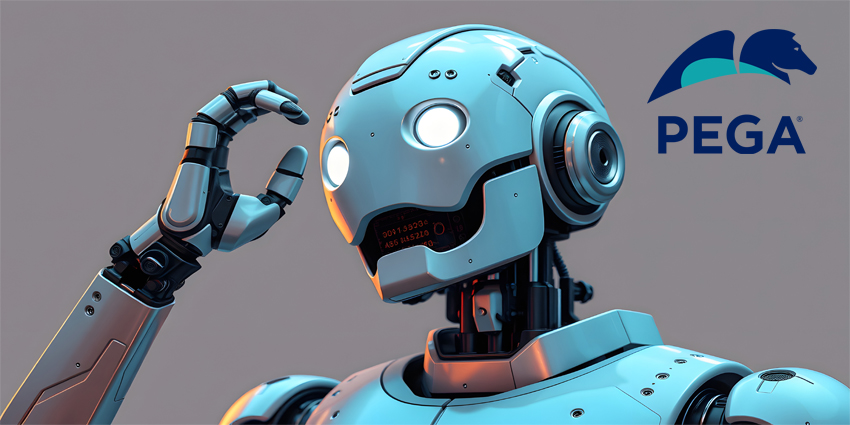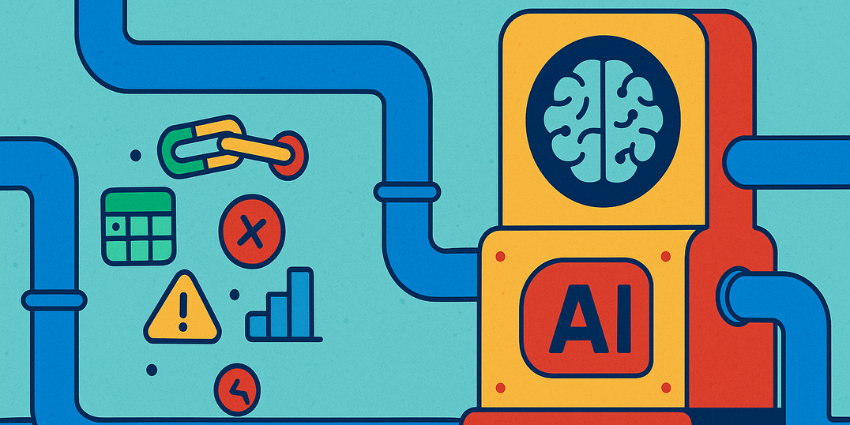Pegasystems has pledged to deliver “industry first” customer self-service capabilities within its new Pega Self-Service Agent.
The offering combines the three pillars of Pega’s portfolio: Pega Blueprint, Pega Predictable AI, and Center-Out agentic architecture.
The Agent allows users to turn enterprise workflows traditionally followed by customer service teams into “interactive self-service experiences”.
In doing so, it automates complex requests while maintaining “full visibility, control, and compliance”.
With the release, Pega is looking to distance itself from what it sees as the multitude of subpar self-service solutions currently clogging up the industry.
The company describes these current tools as “basic chatbots” that can only handle rudimentary requests and “introduce increased unpredictability and risk.”
Pega CTO, Don Schuerman, elaborated on this point, stating:
While the market buzzes with agentic AI hype, enterprises still struggle to find responsible solutions that deliver the high caliber of service customers have come to expect.
“Pega Self-Service Agent is a fundamental transformation in customer service, evolving and elevating self-service experiences rooted in existing enterprise workflows.”
The Three Pillars of the Pega Self-Service Agent
1. Pega Blueprint
Pega Blueprint allows users to design and deploy customer service workflows in hours.
The no-code tool provides secure access to customer data and enterprise content, removing the need for specialist development resources or training.
2. Pega Predictable AI
Pega Predictable AI automates complex service interactions by following enterprise rules, accessing relevant data, and executing workflows with semantic understanding.
Unlike black-box models, it delivers consistent results across channels while reducing risk and freeing agents to handle higher-value tasks.
3. Center-out Agentic Architecture
Pega’s Center-Out agentic architecture orchestrates workflows and decisions from the enterprise core, enabling consistent service across channels.
This includes third-party chat platforms, email, text, and other customer communication tools, all managed through a shared semantic layer.
Additional Capabilities
Away from the mechanics of how the three pillars support Pega’s new agent, the vendor also outlined the following features:
- “Frictionless” Resolution: natural, back-and-forth conversations across any self-service channel, with no context loss if a human handoff is needed. AI agents and CSRs pull from the same workflows, making transitions seamless and resolutions faster.
- Multichannel Experience: whether it’s IVR, messaging, mobile, or a third-party chat interface, the customer experience stays consistent. Pega’s semantic integration and open APIs keep everything connected, regardless of the front end.
- From Idea to Deployment in Minutes: Existing Pega workflows can be launched instantly, with new ones built in minutes – cutting rollout time from weeks to days.
- In-Built Compliance: The agent is designed for regulated environments, every interaction is logged, secure, and fully auditable – supporting responsible AI use without slowing you down.
So, What Makes This an “Industry-First” Offering?
Self-service has long been hailed as the silver bullet for CX transformation, but for many large-scale companies, it’s become more of a false promise than a functional solution.
Despite years of chatbot rollouts and IVR investments, the outcomes have often been underwhelming, with limited capabilities, disjointed customer journeys, and support costs that stubbornly refuse to go down becoming the norm.
Indeed, Data for Progress recently found that 70 percent of Americans feel it’s “frustrating” to interact with automated phone systems instead of live support reps.
Pega’s new Self-Service Agent takes aim at exactly this frustration.
Instead of treating self-service as a separate layer, something bolted to the edge of CX infrastructure, it draws directly from the same workflows used by live agents.
That means the logic, decisioning, and data access that underpin complex service interactions are now available in any self-service channel, whether that’s a branded app, a messaging interface, or even an email thread.
This makes the business case for Pega’s latest innovation very interesting.
Enterprises spend millions building and refining service processes for their teams. Replicating that investment across a patchwork of bots and siloed channels just isn’t sustainable.
By embedding those same processes into a unified architecture, Pega hopes to offer something practical: a way to scale automation without reinventing the wheel.







